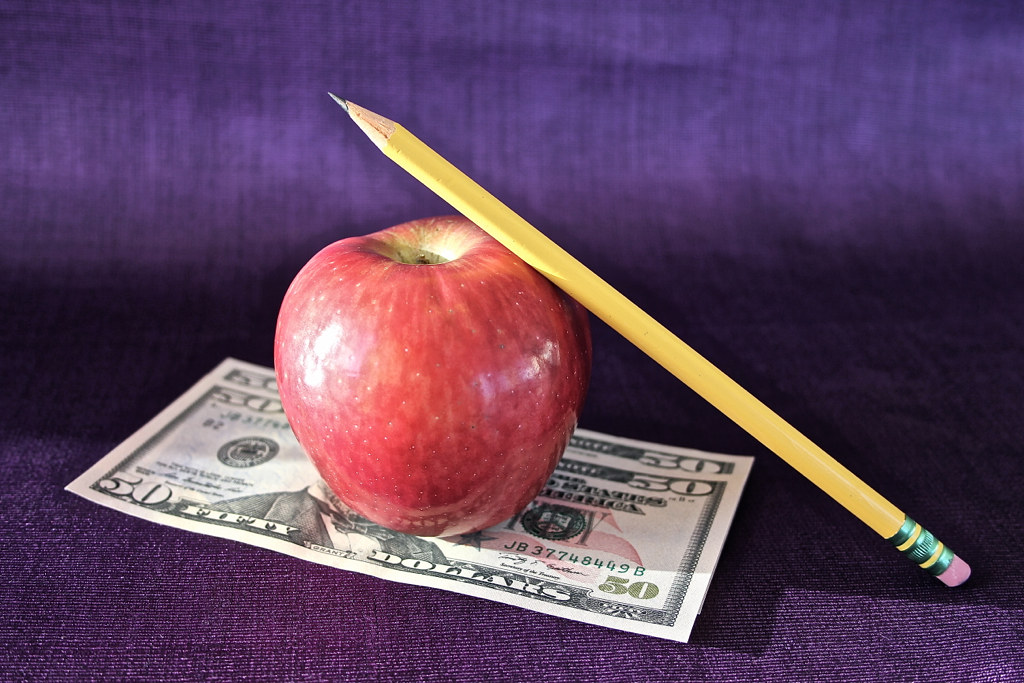How much money should public schools spend per student?
A plurality of parents think $8,000 or less is what should be annually spent per student in their state’s public schools, according to a 2022 national survey conducted by EdChoice. Over 35 percent stated the average spending per student in their state should be $4,000 or less.
The annual Schooling in America poll surveyed the opinions of the American public (N=1,200) and school parents (N=1,200) to gauge their opinions on a variety of K-12 education topics, including school spending, which is easily one of the loudest debates in education.
And it’s not one that’s going away anytime soon.

Education Minnesota — the state’s teachers’ union — is expected to lobby the legislature for billions more in new education spending this upcoming session. Currently, Minnesota spends $14,378 per student, according to the U.S. Census Bureau. Within the state, average spending ranges. The Minneapolis and St. Paul school districts both spend over $18,000 per student. Yet it’s never enough, it seems. Our state’s education woes persist despite years of continual spending increases. (Read my report on the topic here.)
Fewer than half of Minnesota students statewide are proficient in math (44.6 percent). Just under 50 percent can’t read at grade level. In the Minneapolis school district, over 90 percent of black students can’t do grade-level math. Nearly 83 percent of black students aren’t reading at grade level. In the St. Paul school district, nearly 89 percent of American Indian students and 84 percent of Hispanic students can’t do grade-level math.
Minnesota is a high-spending state relative to education spending across the country, and yet other states that spend far less per pupil have made greater headway with narrowing academic achievement gaps and helping their students of color achieve better academic performance. For example, Mississippi spends just over $10,000 per student ($10,164), and the state’s black and Hispanic students outperform Minnesota’s on nearly all national reading and math tests. Florida spends just over $10,400 per student ($10,401) and has made great progress narrowing student achievement gaps.
If policymakers, state leaders, and protectors of the status quo are going to continue arguing for increased school spending, they owe it to taxpayers and Minnesota families and students to make that argument in honest terms. Without school finance reforms and improved accountability, the dollar amount spent will continue to not be enough, and Minnesota’s K-12 school system will continue leaving too many students behind.